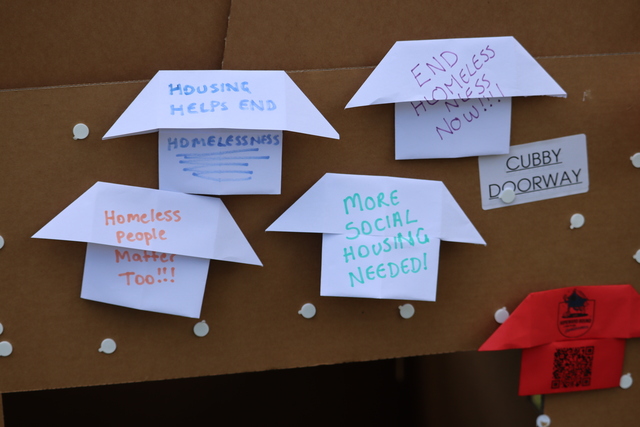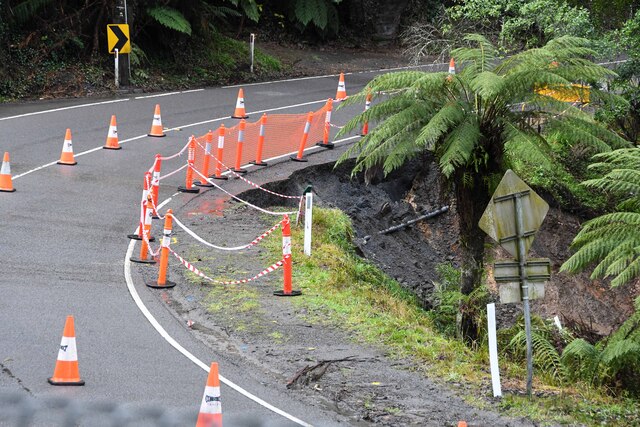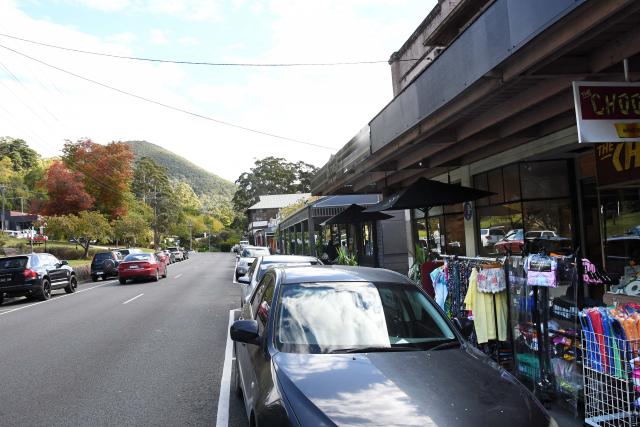Alarming numbers of young people seeking support from homelessness services on their own is a reality being felt close to home.
Despite the shock of data released by the Australian Institute of Health and Welfare (AIHW) last week, indicating that 13,300 unaccompanied children sought help from specialist homelessness services (SHS) in the past year, Anchor Community Care chief executive officer Heidi Tucker said it presented a true picture of homelessness in this country.
“This is another instance where data is released that shows the shocking reality of what homelessness looks like, and the toll it takes on individuals and communities right across Australia,” she said.
The data also showed that 94 per cent of unaccompanied children were alone when they sought help, while six per cent were in a group of children. More female children, 63 per cent, presented at a service.
Ms Tucker said in the outer eastern suburbs, there was a definite increase in the number of children and young people seeking support.
In 2023, Anchor homelessness services had contact with 142 children (under 18 years of age). Last year, this rose to 174 and in the first six months of 2025 the service has seen 107 young people.
“Children and young people entering homelessness face very complex situations, and require truly holistic support that helps them to be able to escape and recover from these situations,” Ms Tucker said.
“The stats that we know is that roughly half of adults in the homelessness system will have had their first experience of homelessness as a child.
“This tells us that we need an urgent focus on preventative and early intervention approaches to start to actually see a reduction in these numbers.
“Homelessness should be rare, brief, and a non-recurrent experience.”
Anecdotally and from research, the main drivers of homelessness are family breakdowns, family violence and the housing crisis, each creating a lack of safety.
The AIHW data backs this up, with two in five, or 42 per cent, of unaccompanied children identifying interpersonal relationships as the main reason for seeking SHS assistance.
“What this data really shows is that for children and young people, homelessness is not a choice. They are not choosing homelessness, they are seeking safety, support and wellbeing,” Ms Tucker said.
Using the data as a base, Ms Tucker said it was time for a dedicated and specific youth homelessness strategy to be implemented in Victoria.
She highlighted three points that would be integral to a strategy, those being:
Dedicated youth housing options: models are created currently for adults – so it needs to be age appropriate with an increased level and length of support and be affordable to young people, and location carefully considered – in reach of public transport and other services.
Service integration/joined up approach: coordinated response across government departments, like education, mental health, housing and homelessness, health and disability services, child protection and family services and youth justice.
Place based responses that incorporate all touch points that children and young people engage with to ensure that they don’t fall between the gaps. Need to identify and provide support early so as to stop the descent into homelessness.
Ms Tucker said the integration of services, to be able to identify, engage and respond, would be key to preventing and supporting youth facing homelessness.
This requires schools, sporting clubs, health and mental health and community groups working together or at least being able to recognise when a child is at risk of homelessness, and alert the right services.
“We are really wanting to put efforts into strengthening connections with other services and providers,” Ms Tucker said.
“There are red flags that happen, but if all of the services and community connections that exist in a young person’s life have no way of quickly supporting them, then that’s when they fall through the gaps.”
More concerningly, Ms Tucker said the data showed “there is a proportion that doesn’t even live long enough to transition into adulthood” because of the life-long consequences of being homeless.
“In the last decade, 520 children died while in contact with a homeless service, with suicide being the leading cause of deaths for the 12-17 year olds of this cohort.
“The figures should shock people to their core. We cannot as a society continue to accept these outcomes.”
Right now, Anchor will continue to provide youth-at-risk programs to support young people with “the safety and stability they need to connect with education and careers, while also helping to build or repair their family and social connections – all while providing stable accommodation.”
“This is what gives young people a pathway from homelessness.”
At the same time, Ms Tucker said advocacy for a Youth Housing and Homelessness Strategy for Victoria would be forefront for the organisation, while also seeking funding for specialist children’s practitioners and family therapy programs.
“The statistics provide more ammunition in our fight to raise awareness of homelessness, and the significant impact on children and young people. Victoria needs a strategy and plan in place to stop children and young people entering homelessness,” she said.








